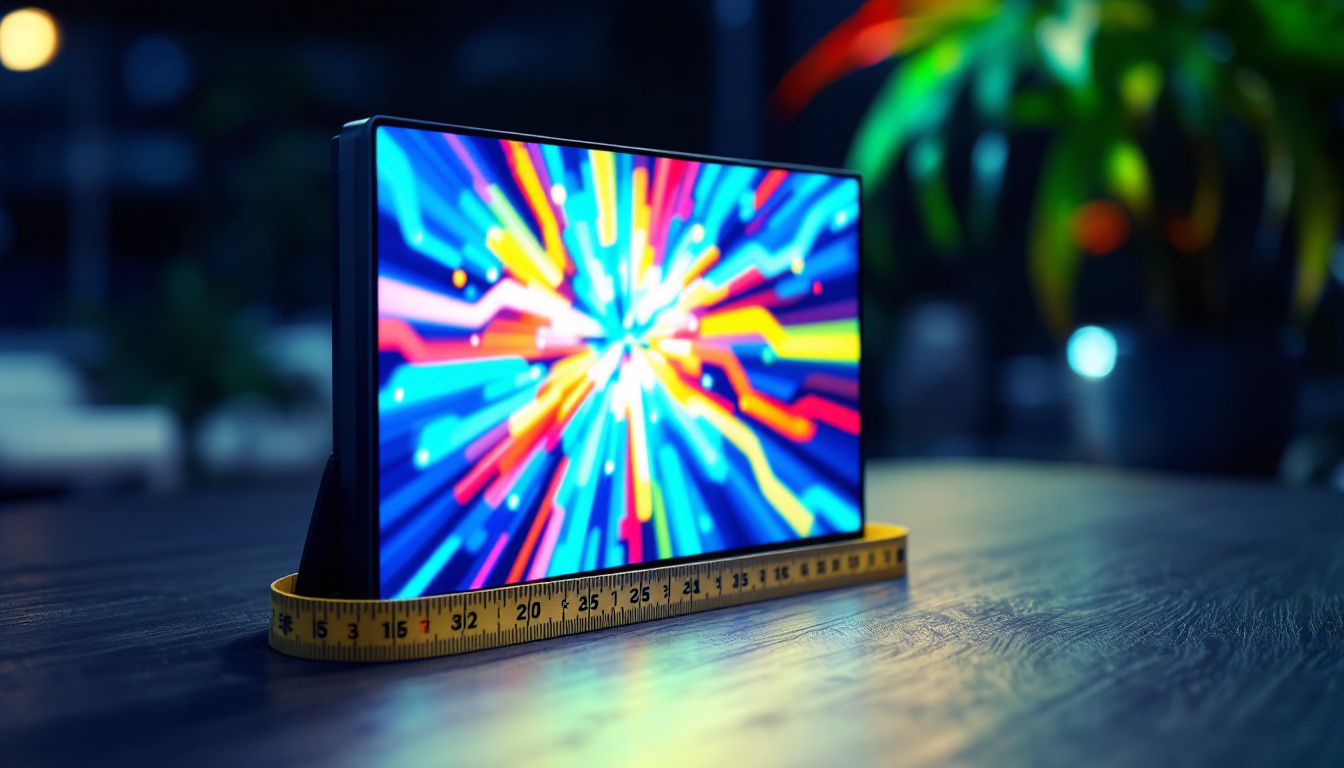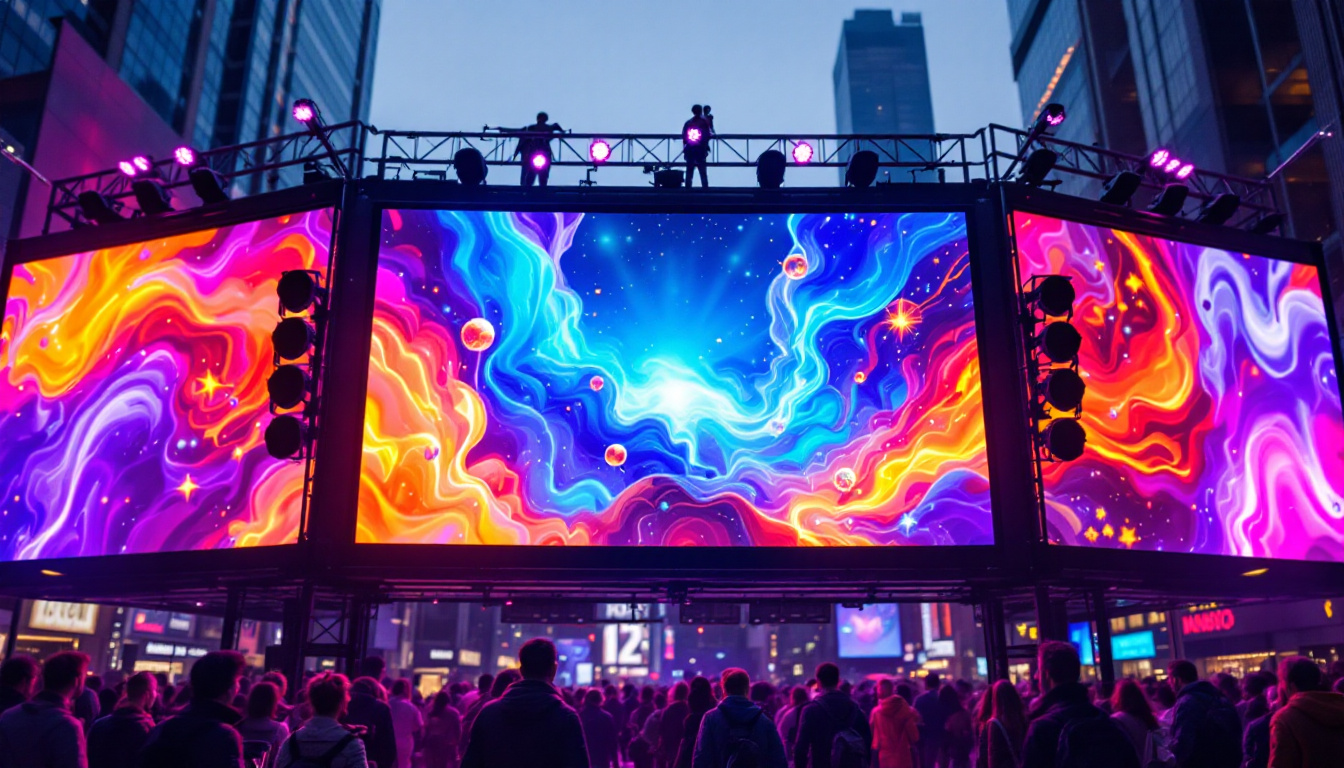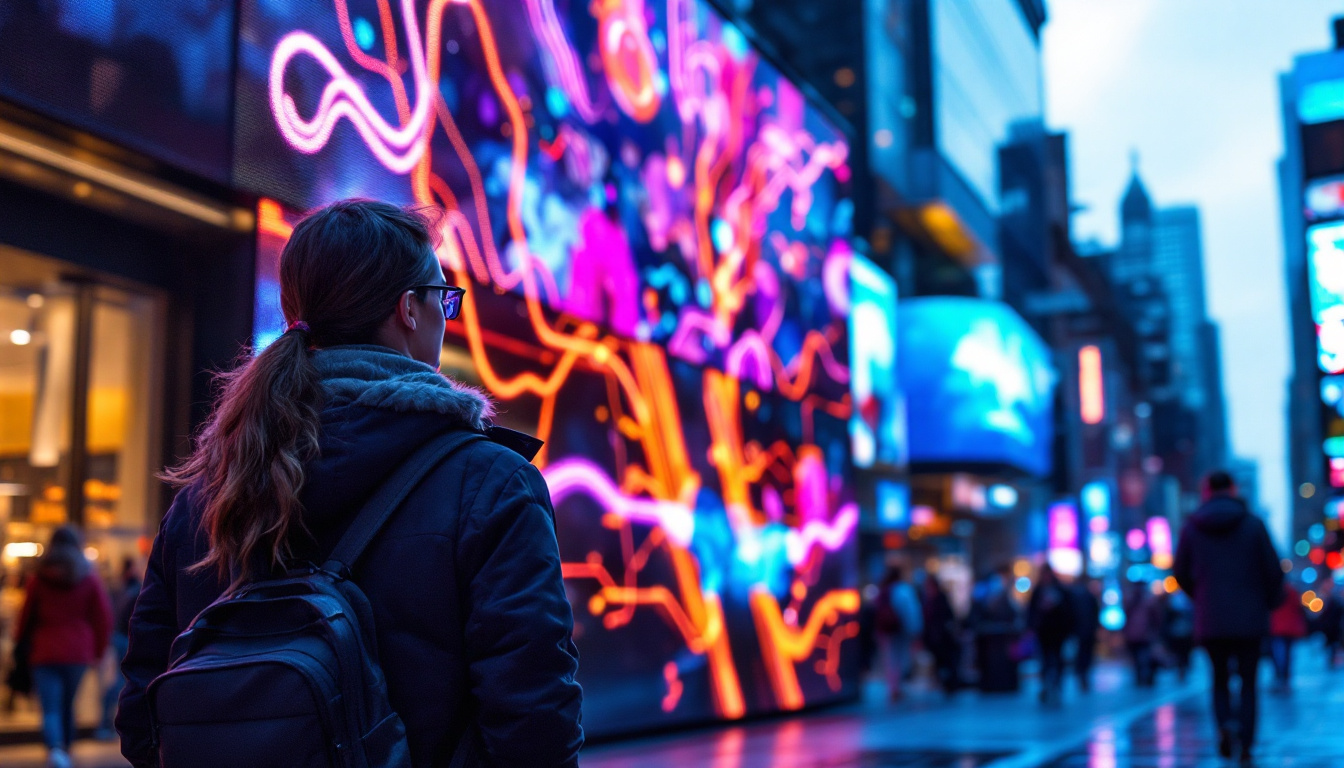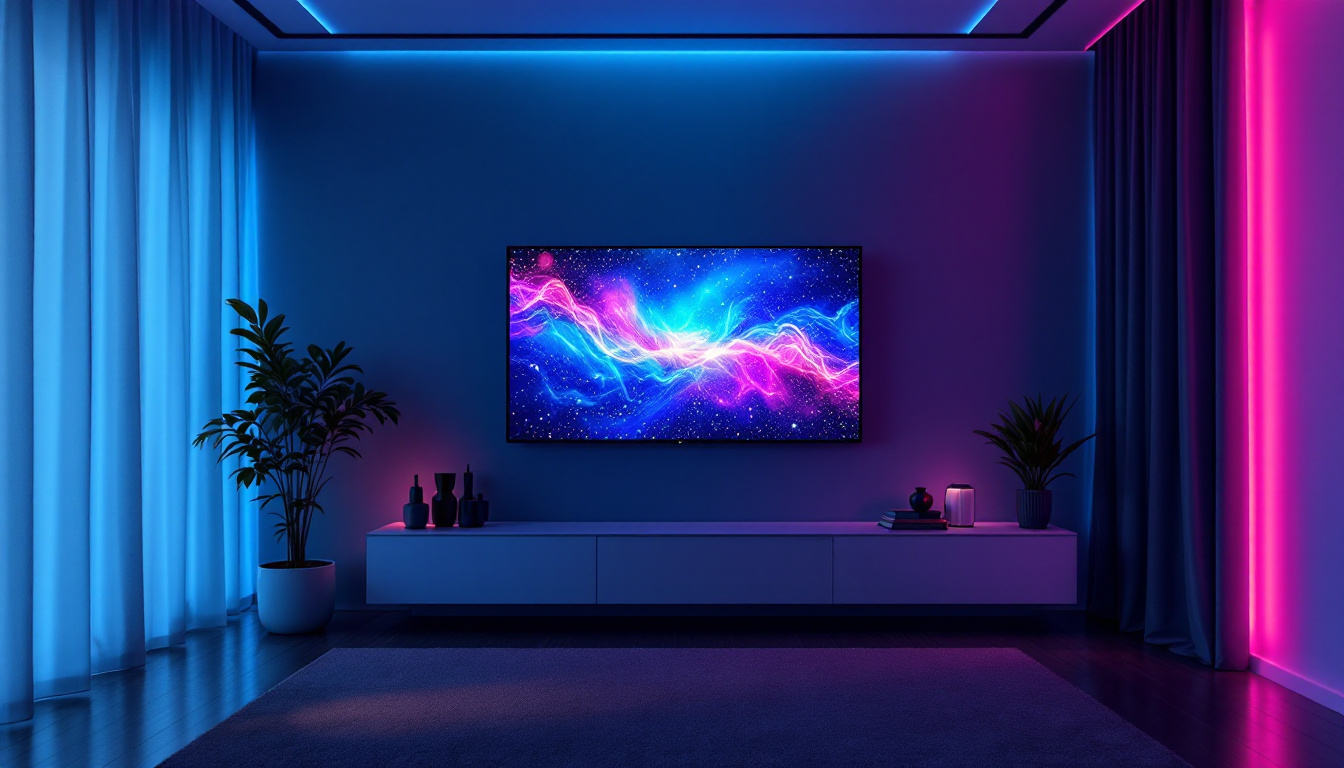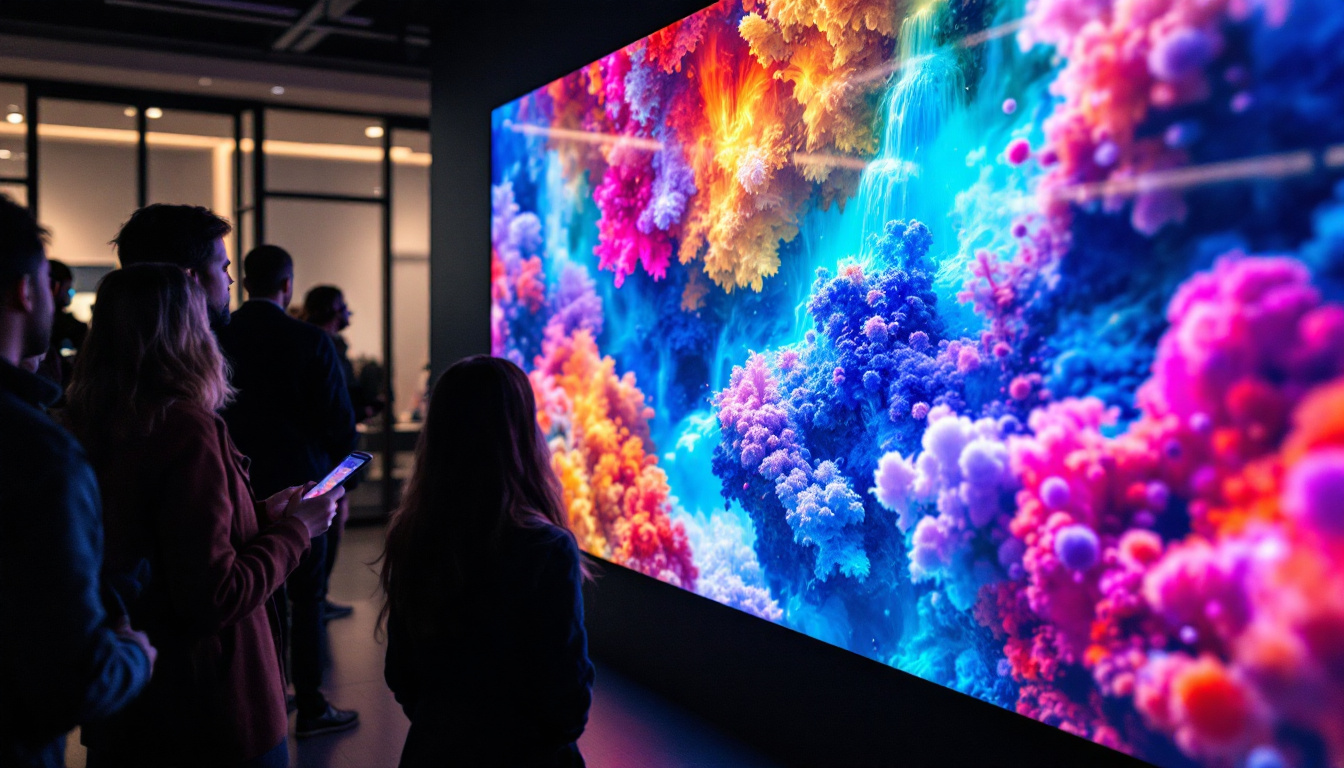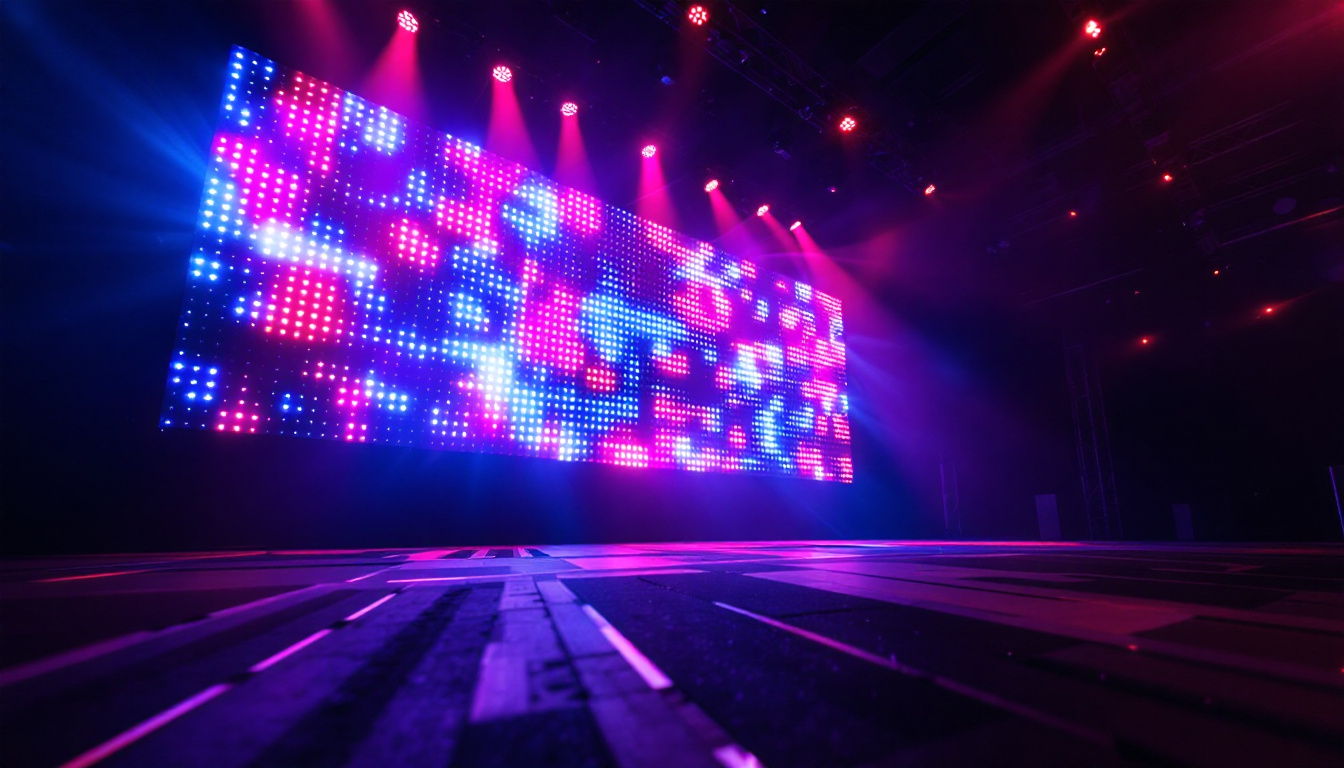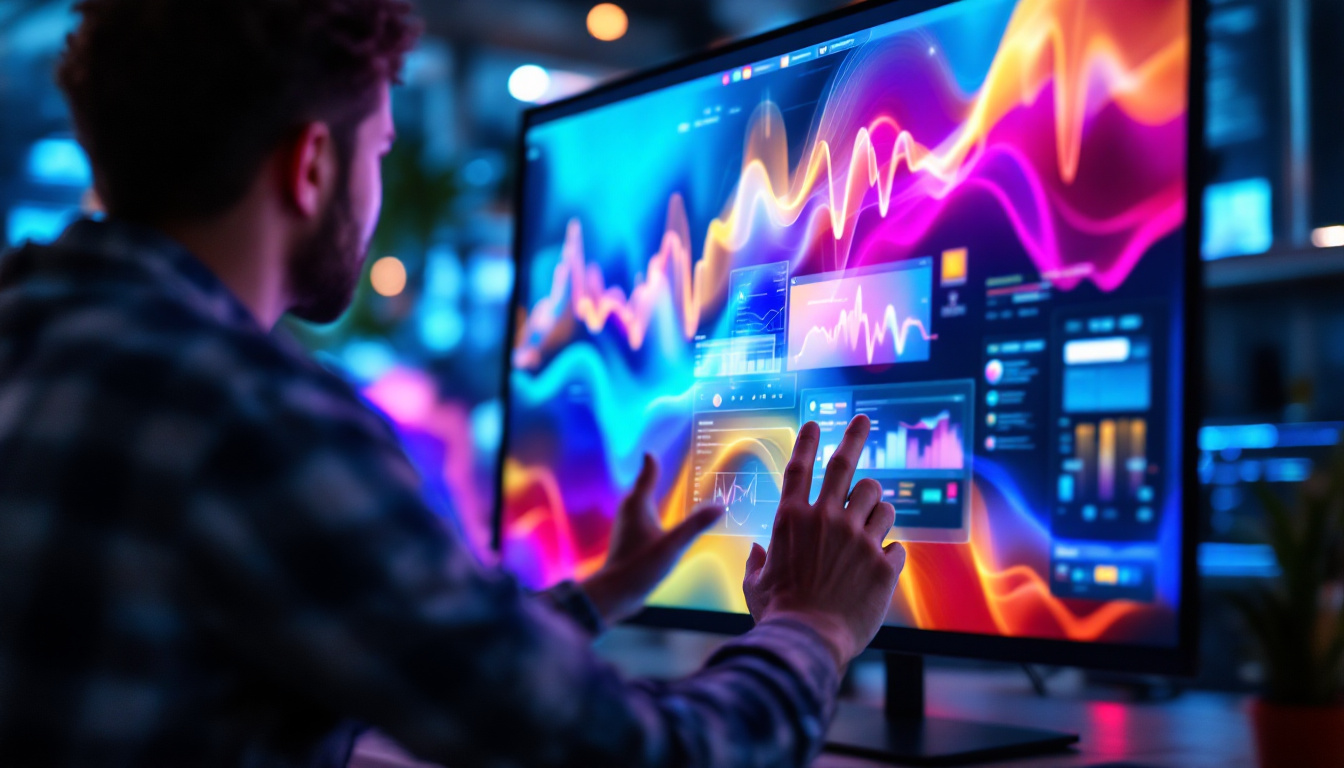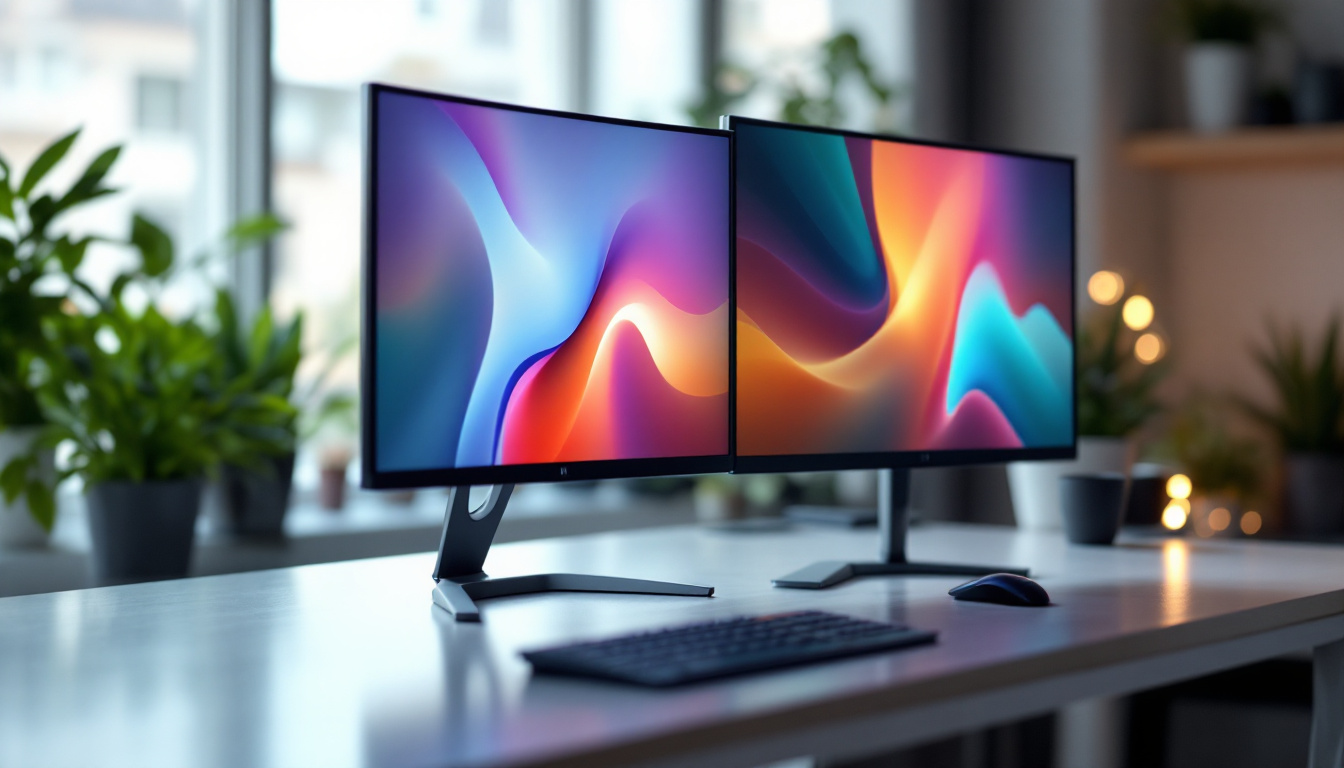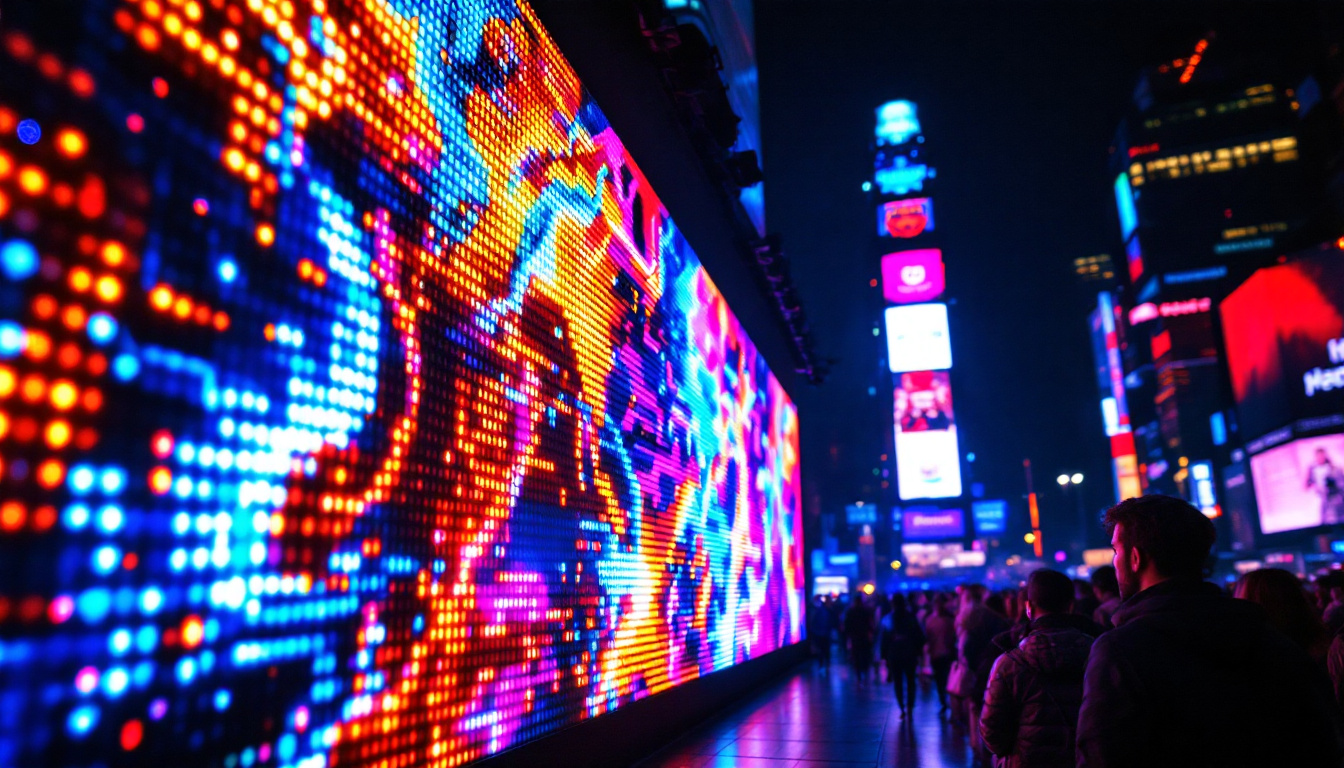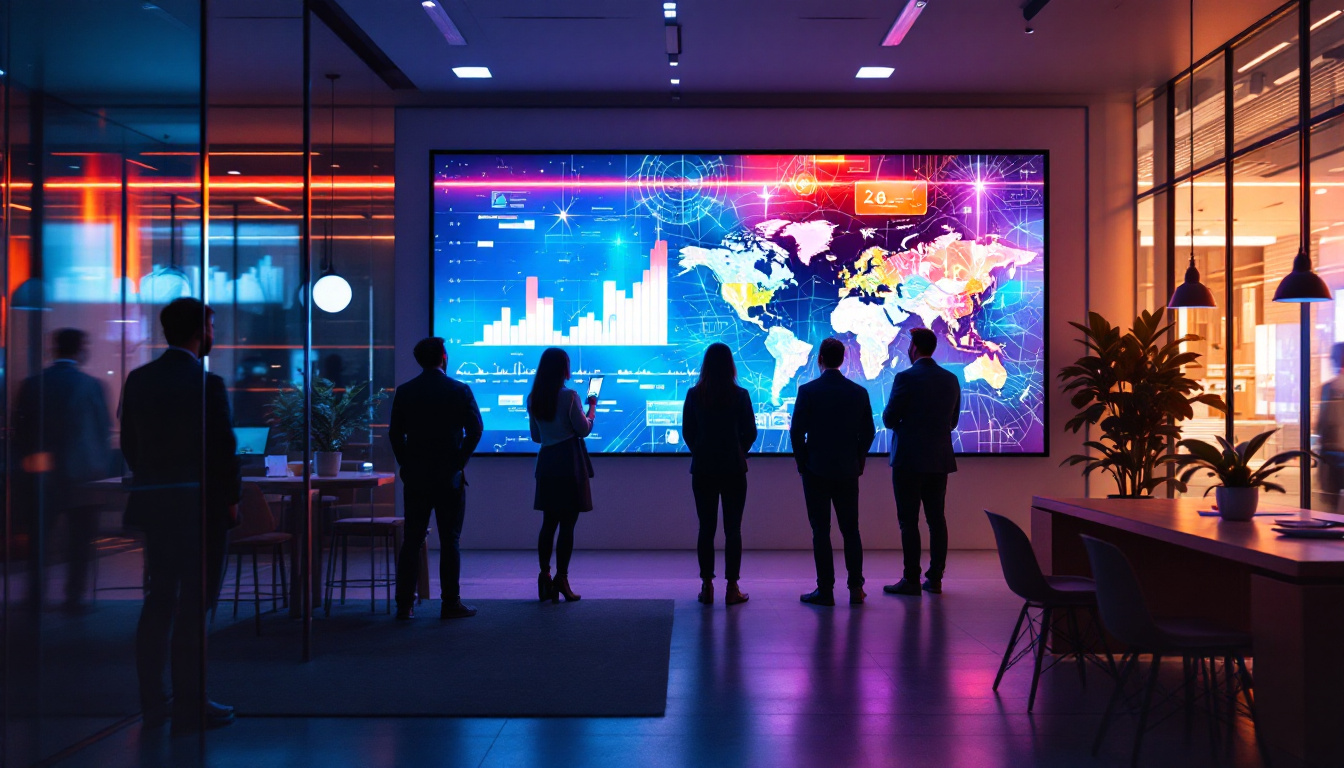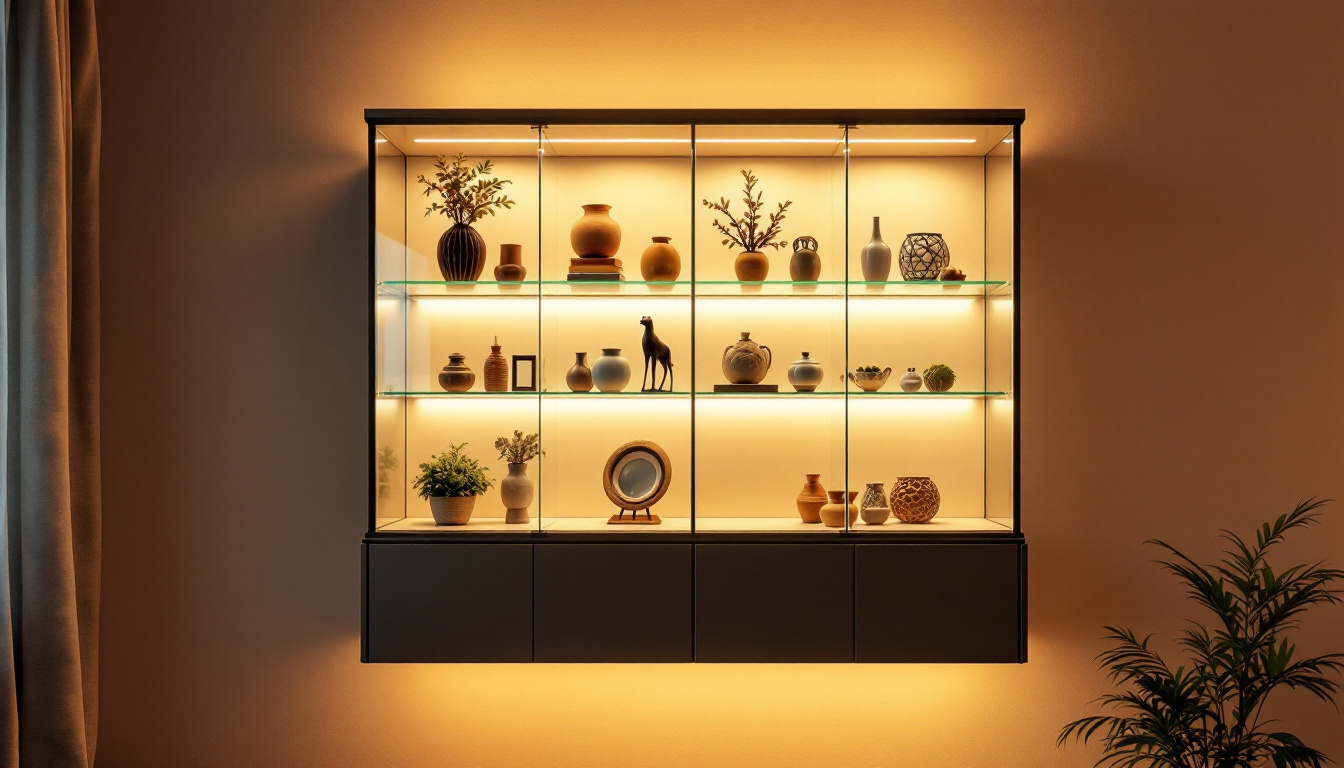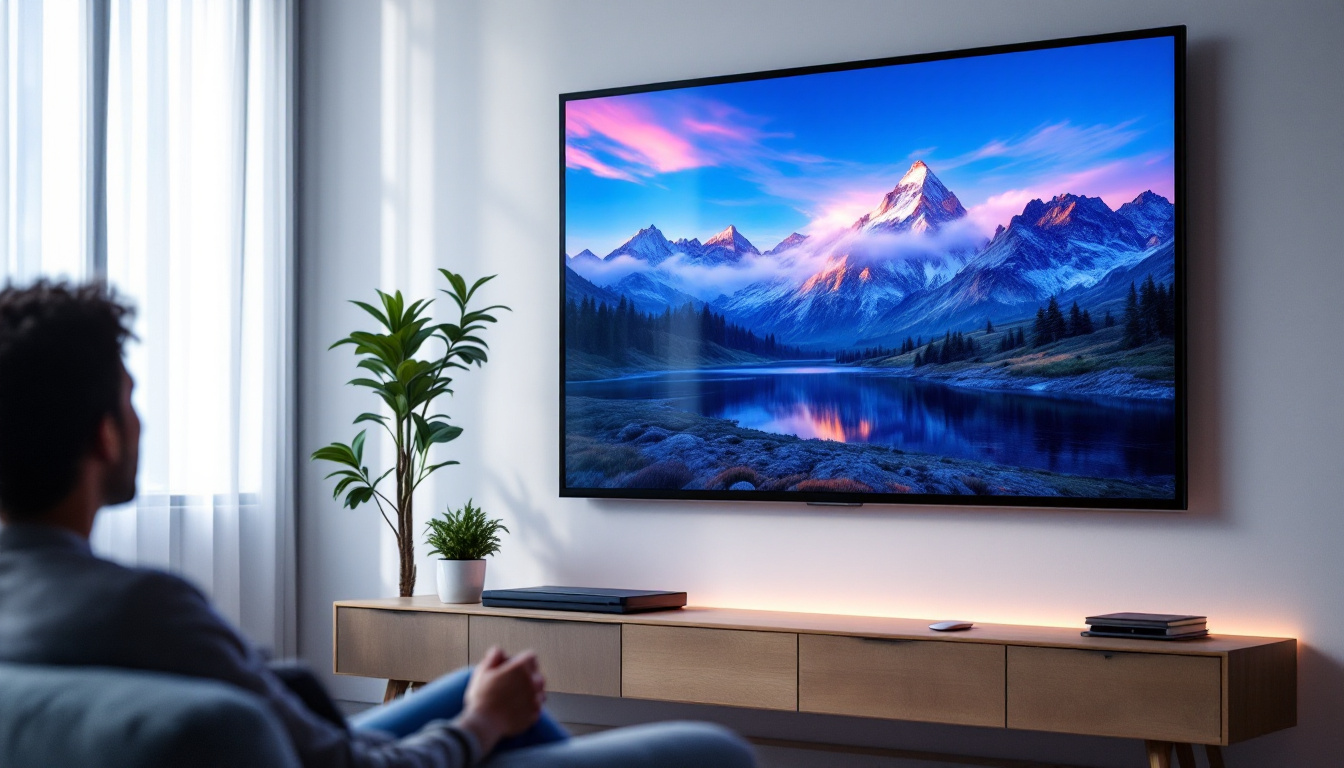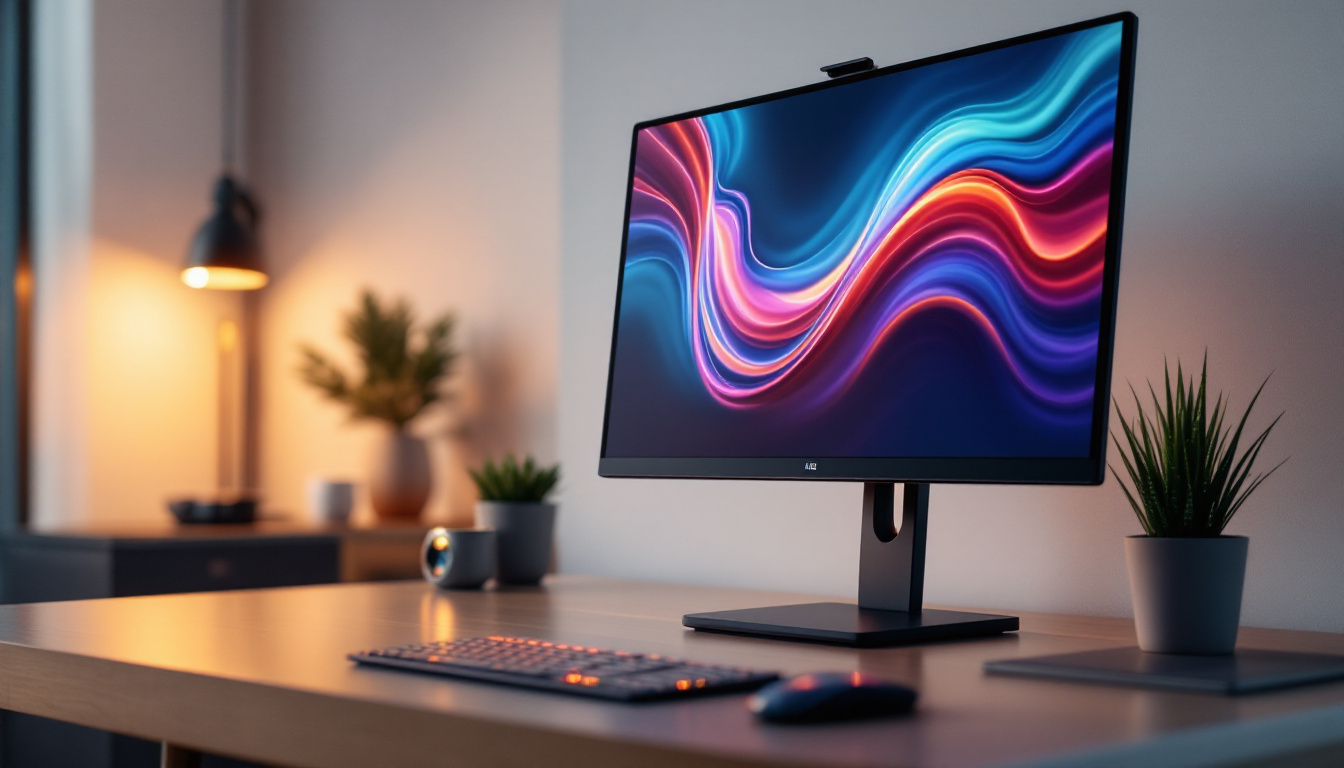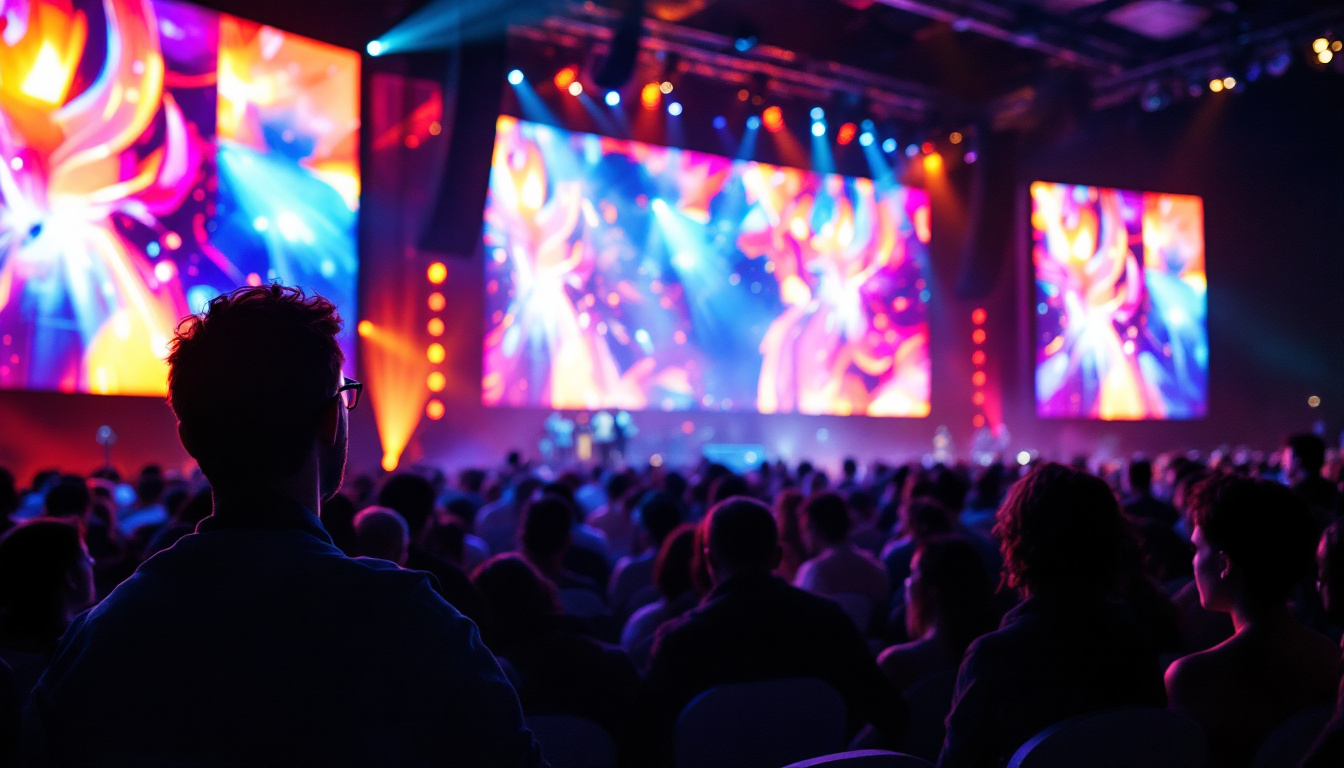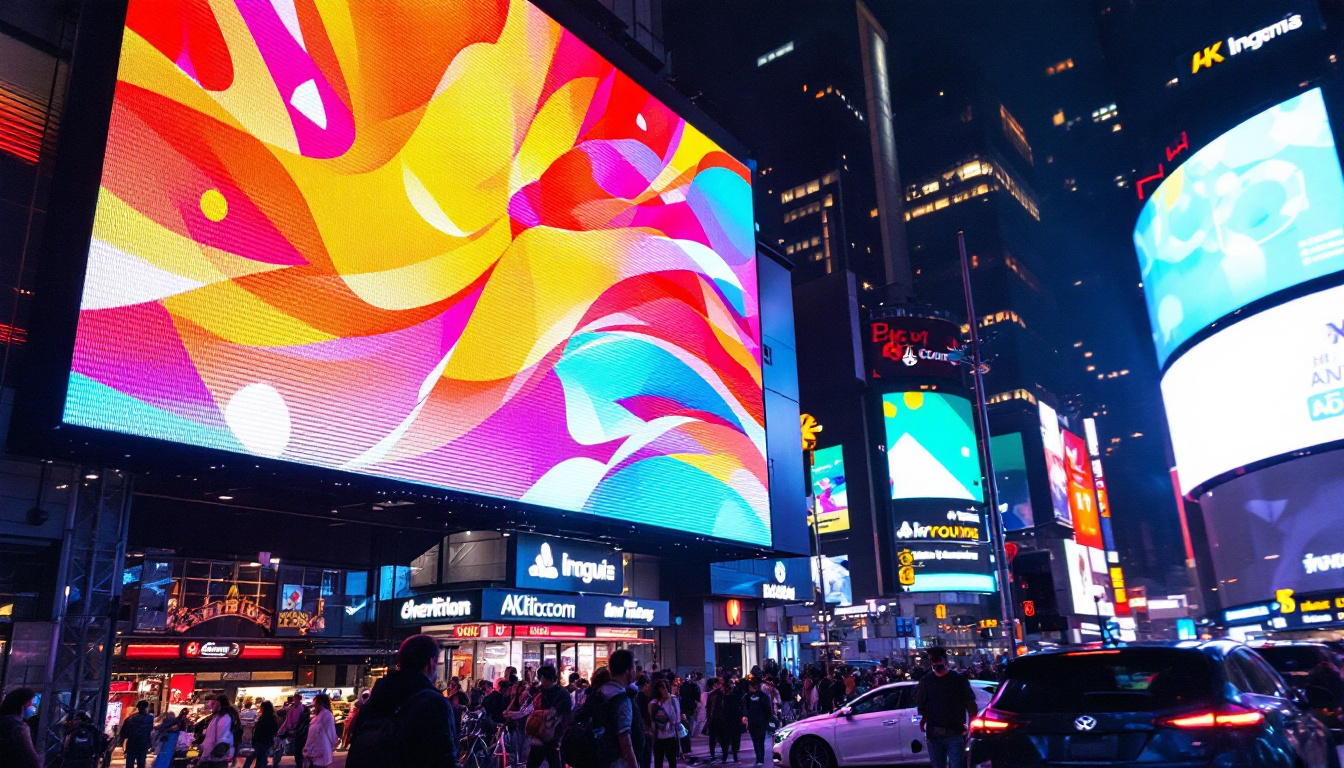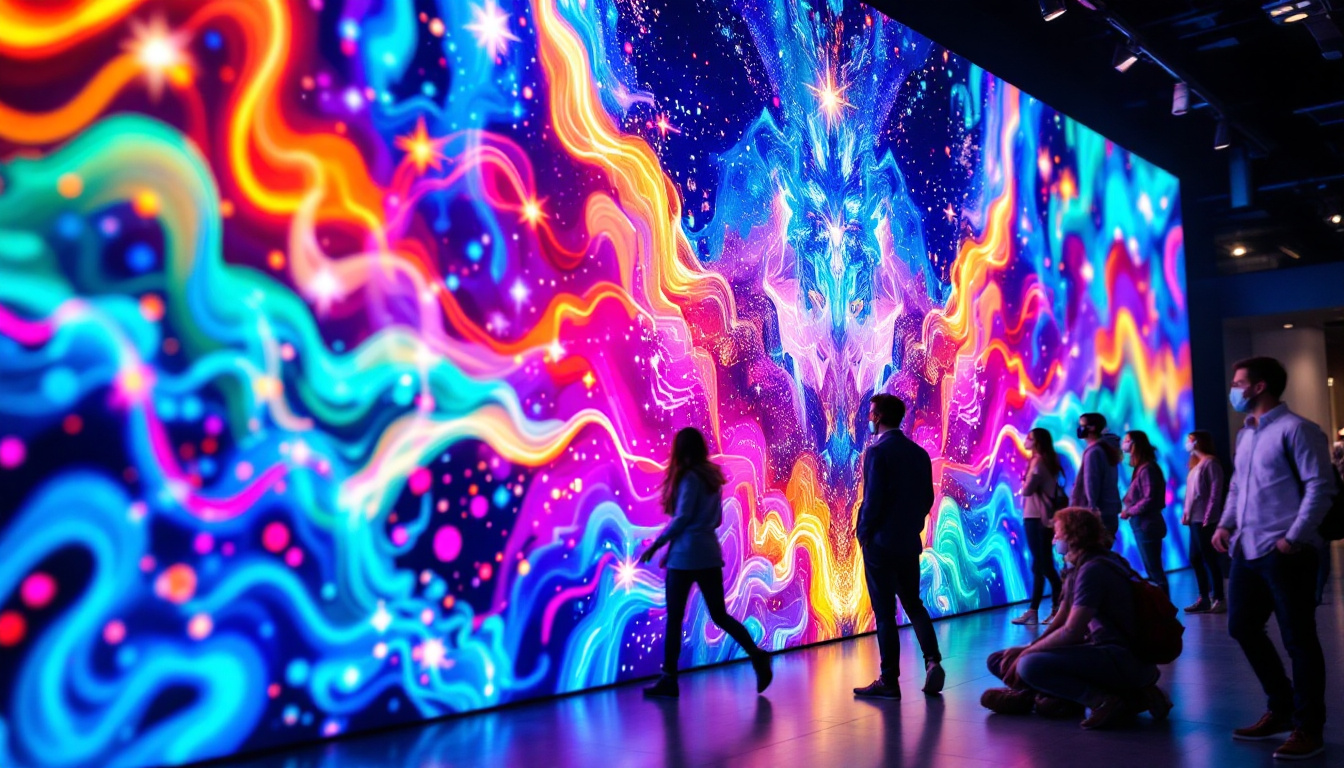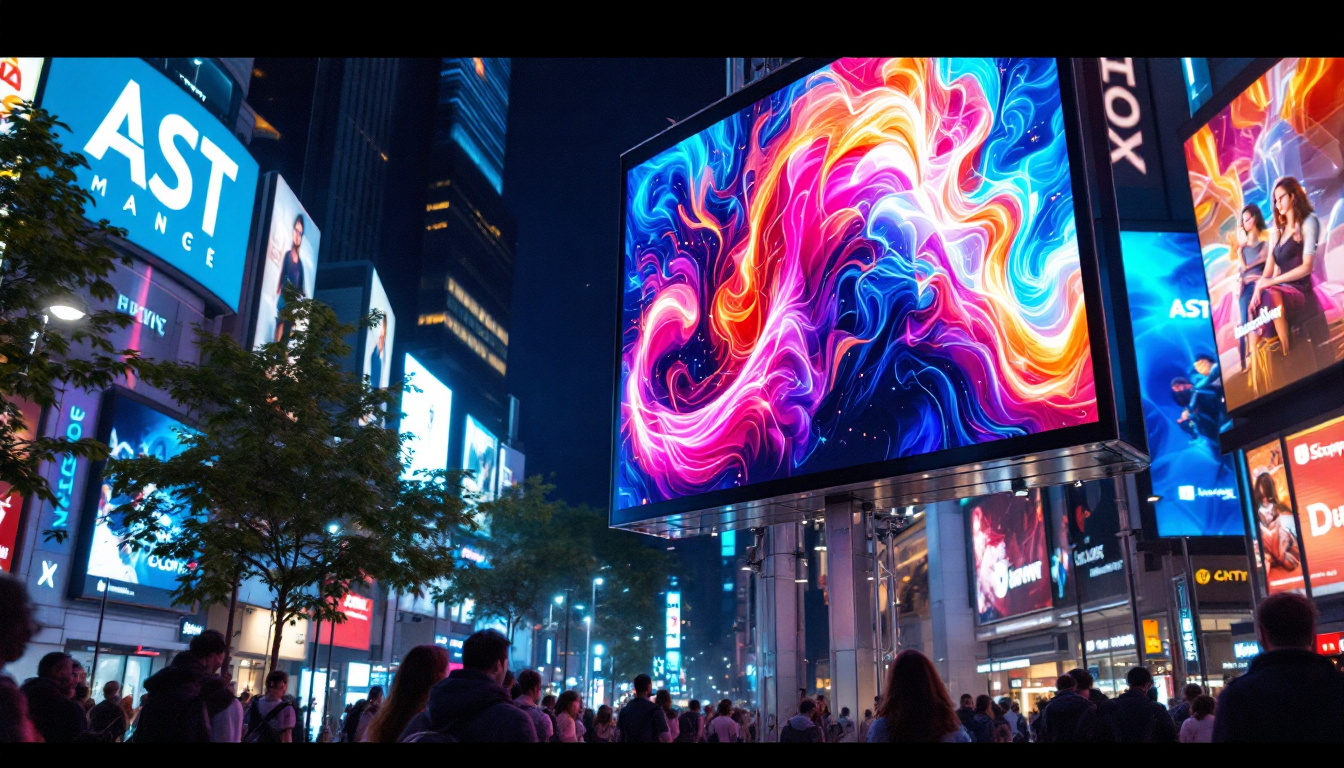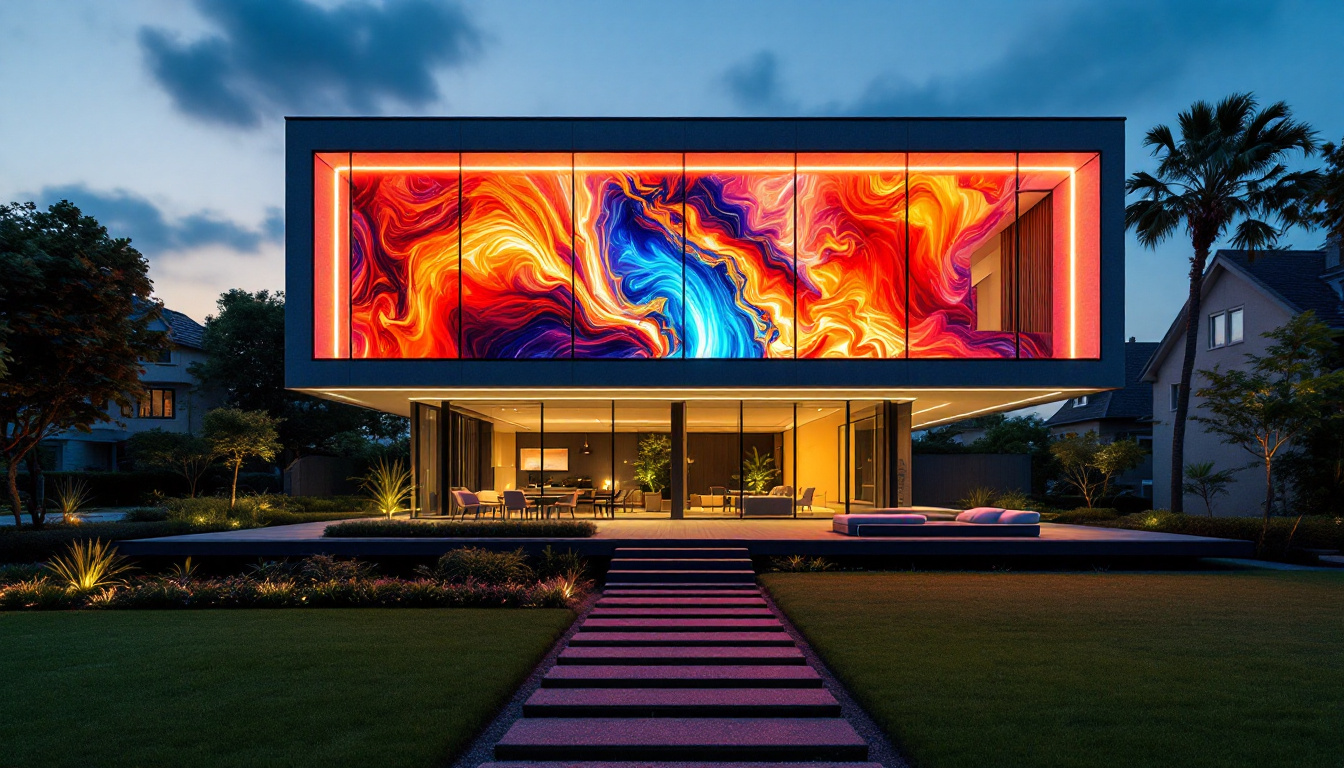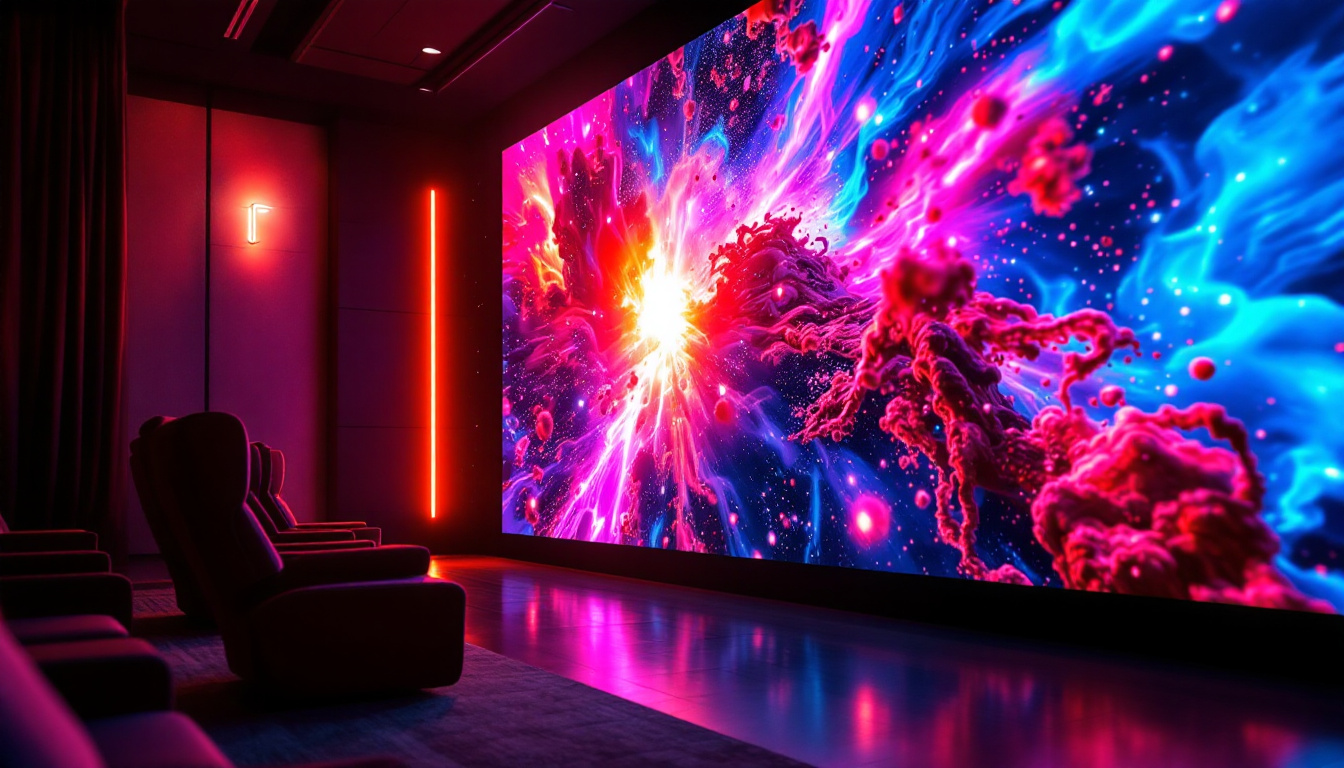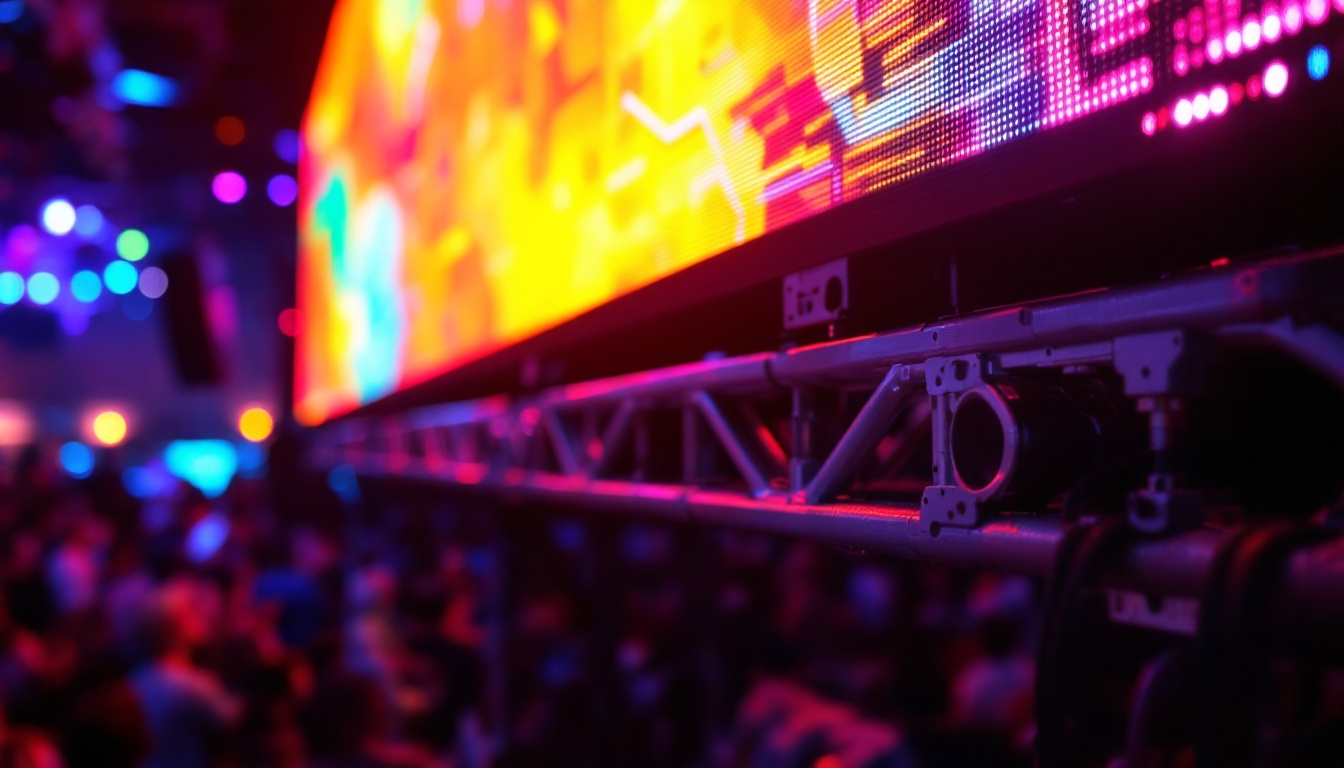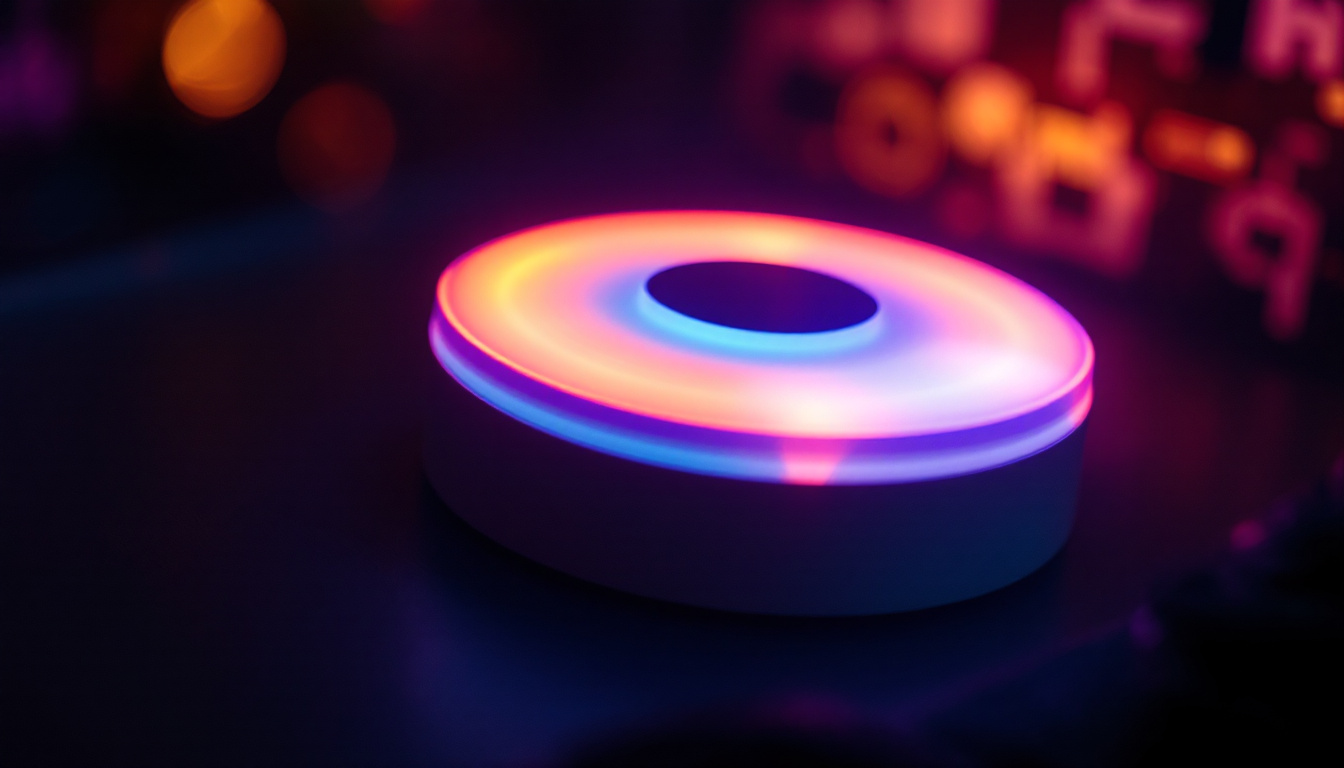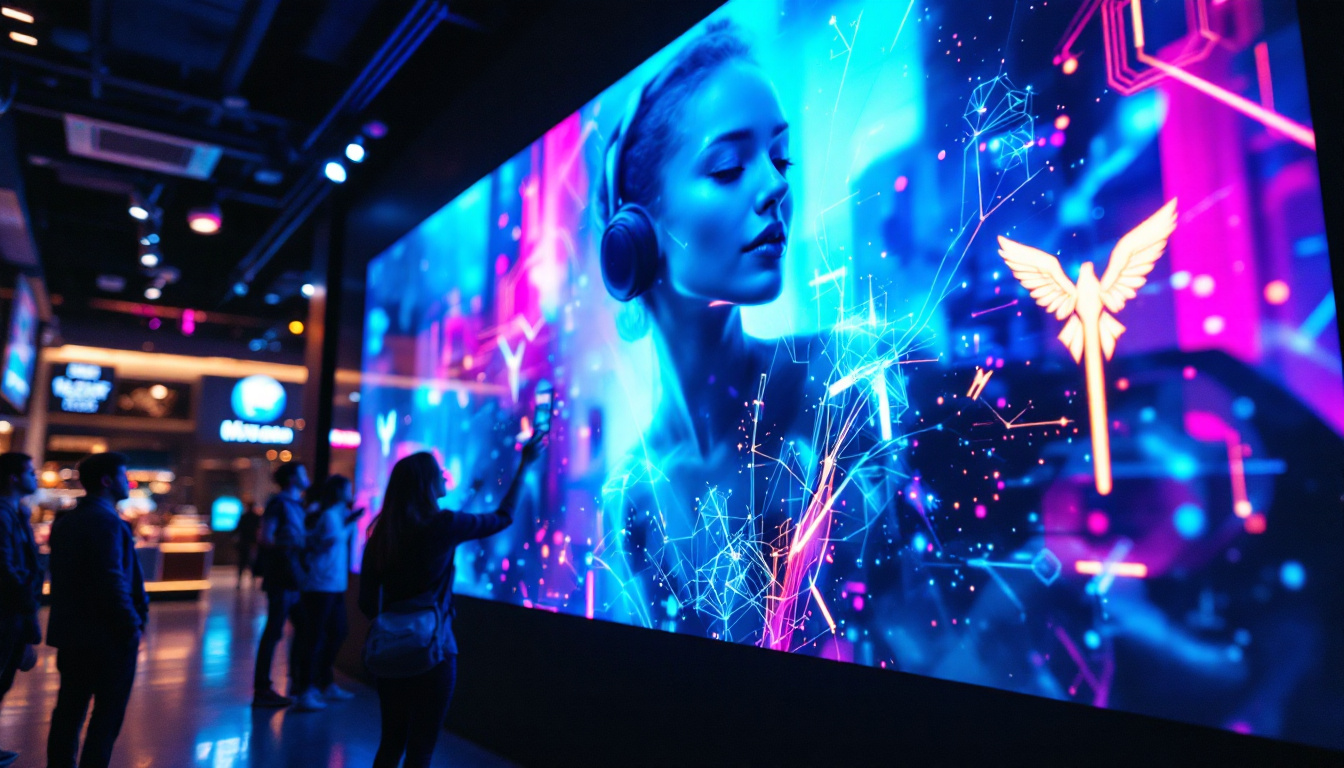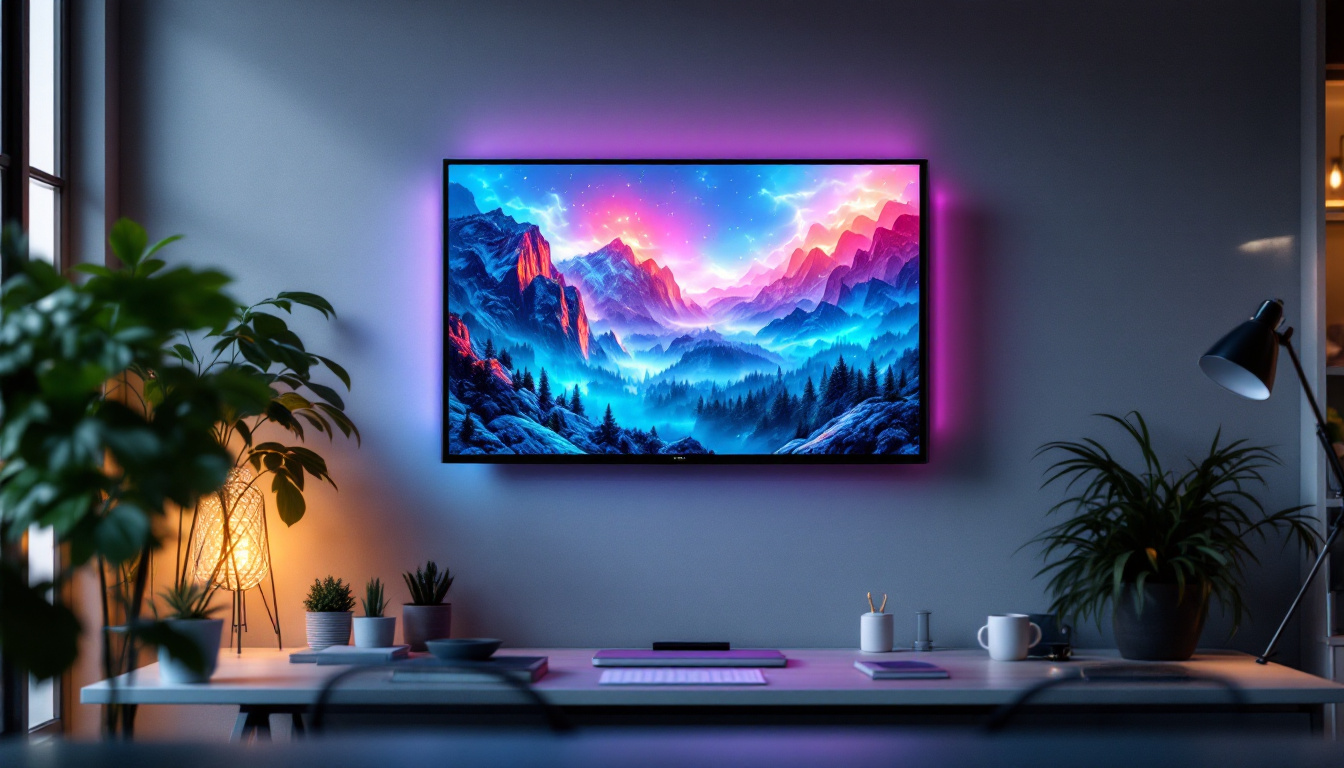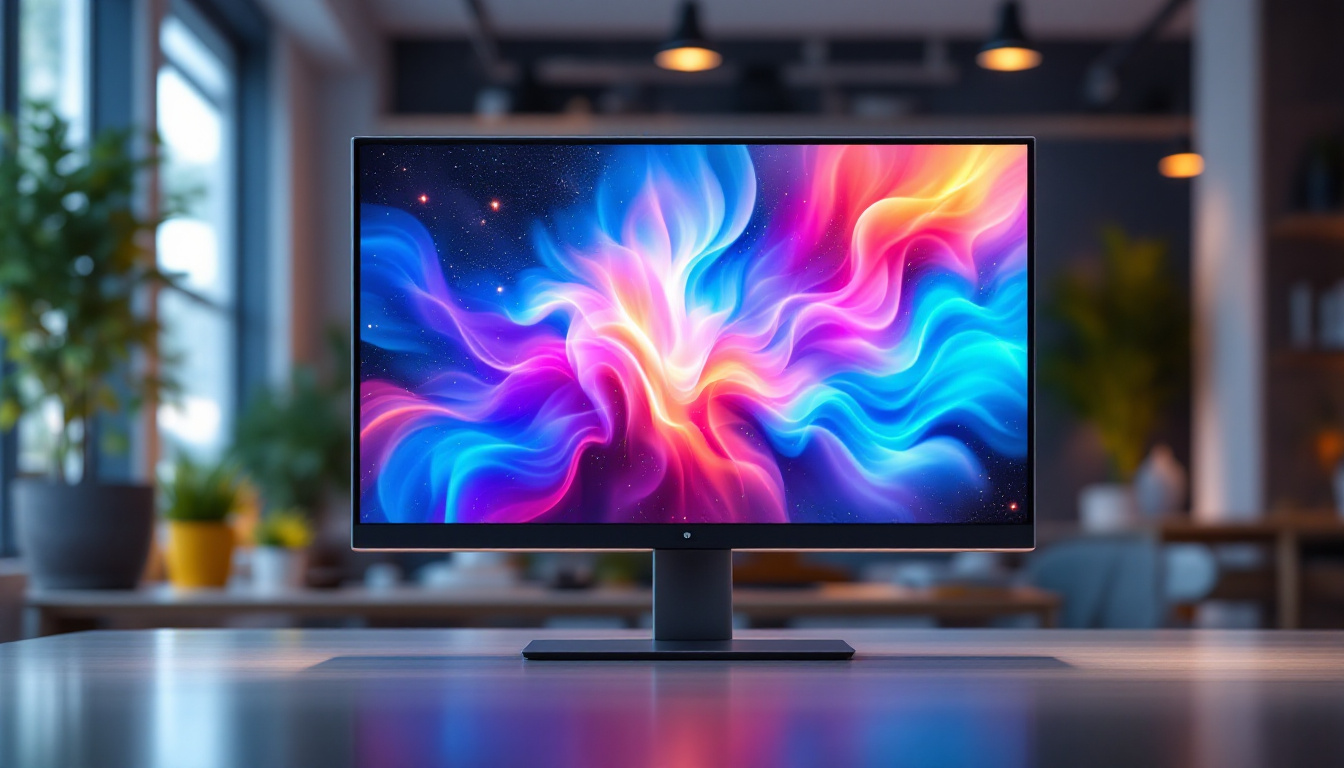In the world of technology, particularly in display technology, understanding measurements is crucial. One common conversion that often arises is from inches to millimeters, especially when dealing with LED displays. This article will delve into the specifics of converting 25 inches to millimeters and explore various aspects of LED displays, including their types, advantages, and applications.
Understanding the Conversion: Inches to Millimeters
To convert inches to millimeters, one must know the basic conversion factor: 1 inch is equivalent to 25.4 millimeters. Therefore, to convert 25 inches to millimeters, the calculation is straightforward.
Calculating 25 Inches in Millimeters
The formula to convert inches to millimeters is:
Millimeters = Inches × 25.4
Applying this to our example:
25 inches × 25.4 = 635 millimeters
Thus, 25 inches is equal to 635 millimeters. This conversion is essential for various applications, particularly in the context of LED displays, where precise measurements can impact installation and performance.
In addition to LED displays, the conversion from inches to millimeters is crucial in industries such as manufacturing and engineering, where precision is paramount. For instance, when designing mechanical parts, engineers often need to ensure that components fit together perfectly, and even a small discrepancy in measurement can lead to significant issues during assembly. By using the metric system, which is widely adopted in many countries, professionals can avoid confusion and ensure that their designs meet international standards.
Moreover, the conversion is also relevant in everyday situations, such as when purchasing materials for home improvement projects. Many building supplies are sold in metric measurements, so understanding how to convert inches to millimeters can help DIY enthusiasts make informed decisions about the quantities and sizes of materials they need. Whether it’s cutting wood, laying tiles, or installing fixtures, having a grasp of these conversions can greatly enhance the accuracy and quality of the work being done.
What is an LED Display?
LED displays are a type of flat panel display technology that utilizes light-emitting diodes (LEDs) to produce images and videos. They have gained immense popularity due to their vibrant colors, energy efficiency, and versatility. The technology behind LED displays has evolved significantly, allowing for thinner and lighter designs that can be integrated into various applications, from consumer electronics to large-scale advertising installations.
Types of LED Displays
LED displays come in various forms, each suited for different applications. The most common types include:
- Direct View LED Displays: These displays use individual LEDs to create images directly. They are often used in large outdoor screens and billboards. Their modular nature allows for seamless scaling, making them ideal for stadiums and concert venues.
- LED-backlit LCD Displays: In these displays, LEDs are used to backlight an LCD panel, enhancing brightness and color accuracy. They are commonly found in televisions and computer monitors. This technology has improved the viewing experience significantly, allowing for thinner screens without compromising on picture quality.
- Organic LED (OLED) Displays: OLED technology uses organic compounds that emit light when an electric current is applied. They provide excellent contrast and color reproduction, making them ideal for high-end televisions and smartphones. Additionally, OLED displays can be made flexible, opening up new possibilities for innovative designs in devices.
Advantages of LED Displays
LED displays offer numerous advantages over traditional display technologies, including:
- Energy Efficiency: LED displays consume significantly less power compared to other display types, reducing operational costs. This efficiency not only benefits consumers but also contributes to environmental sustainability, as lower energy consumption leads to reduced carbon footprints.
- Brightness and Clarity: They are capable of producing bright images even in well-lit environments, making them suitable for outdoor use. This high level of brightness ensures that content remains visible and engaging, even during daylight hours, which is particularly advantageous for advertising and public information displays.
- Longevity: LED displays have a longer lifespan, often exceeding 50,000 hours, which translates to years of reliable performance. This durability minimizes maintenance costs and the need for frequent replacements, making LED technology a cost-effective choice in the long run.
Furthermore, LED displays are known for their rapid response times, allowing for smooth video playback and dynamic content changes. This feature is particularly beneficial in environments where real-time information is crucial, such as transportation hubs and sports arenas. The ability to display high frame rates without motion blur enhances the viewing experience, making LED displays a preferred choice for both entertainment and informational purposes.
In addition to their technical advantages, LED displays also offer design flexibility. Their lightweight and thin profiles enable creative installations, from curved screens that wrap around architectural features to large video walls that create immersive environments. This adaptability has made LED technology a favorite among designers and architects looking to push the boundaries of visual communication in both commercial and artistic settings.
Applications of LED Displays
The versatility of LED displays allows them to be used in a wide range of applications. From advertising to entertainment, their impact is significant.
Advertising and Marketing
One of the most prominent uses of LED displays is in advertising. Billboards and digital signage utilize LED technology to capture the attention of passersby with dynamic content and vibrant colors. This ability to change messages quickly and easily makes LED displays a popular choice for businesses looking to promote products and services. Moreover, the interactive capabilities of some LED displays enable businesses to engage customers in real-time, offering personalized promotions based on audience demographics or even weather conditions. This level of engagement not only boosts brand visibility but also enhances customer experience, making it a win-win for both advertisers and consumers.
Entertainment and Events
In the entertainment industry, LED displays are used for concerts, sports events, and theatrical performances. They provide large, high-resolution screens that enhance the audience’s experience, allowing for stunning visuals and real-time information. The immersive quality of LED technology can transform a simple event into a spectacular visual feast, with vibrant colors and sharp images that captivate the audience. Additionally, LED walls can be configured in various shapes and sizes, allowing for creative staging and unique visual storytelling that can adapt to the theme of the event. This flexibility has made LED displays an essential tool for event planners and production teams looking to create memorable experiences.
Transportation and Information Systems
LED displays are also widely used in transportation systems, such as train stations and airports, to provide real-time updates on schedules and announcements. Their visibility and clarity ensure that critical information is communicated effectively to travelers. Beyond just schedule displays, LED technology is being integrated into wayfinding systems, helping passengers navigate complex transit hubs with ease. These displays can show maps, directions, and even alerts about delays or service changes, enhancing the overall travel experience. Furthermore, as cities continue to grow and evolve, the adaptability of LED displays makes them an ideal solution for dynamic urban environments, where information needs to be updated frequently and efficiently.
Choosing the Right LED Display
When selecting an LED display, several factors should be considered to ensure it meets specific needs and requirements.
Resolution and Pixel Pitch
The resolution of an LED display is crucial for image clarity. It is often measured in pixels per inch (PPI) or pixel pitch, which refers to the distance between the centers of two adjacent pixels. A smaller pixel pitch results in higher resolution and clearer images, making it ideal for close viewing distances.
Size and Format
Choosing the right size for an LED display depends on its intended use. Larger displays are suitable for outdoor advertising and events, while smaller displays may be more appropriate for indoor settings or personal use. Additionally, the aspect ratio should be considered to ensure the content fits well on the display.
Brightness and Contrast
Brightness is another critical factor, especially for outdoor displays that need to be visible in direct sunlight. Measured in nits, higher brightness levels ensure better visibility. Contrast ratio also plays a role in the quality of the display, affecting how well images and videos appear, particularly in varying lighting conditions.
Maintenance and Care of LED Displays
Proper maintenance is essential to prolong the lifespan and performance of LED displays. Regular care can prevent issues and ensure optimal functionality.
Cleaning and Upkeep
Dust and dirt can accumulate on LED displays, impacting their brightness and clarity. Regular cleaning with appropriate materials is necessary to maintain performance. It is advisable to use a soft cloth and mild cleaning solutions to avoid damaging the screen.
Software Updates
Many LED displays come with software that requires regular updates to ensure compatibility and performance. Keeping the software up to date can enhance functionality and introduce new features, making it essential for users to stay informed.
Professional Servicing
For larger installations, professional servicing may be required. Technicians can perform thorough inspections and repairs, ensuring that the display operates at peak efficiency. Regular professional maintenance can help identify potential issues before they become significant problems.
Future Trends in LED Display Technology
The LED display industry is constantly evolving, with new technologies and innovations emerging regularly. Understanding these trends can provide insights into the future of display technology.
Advancements in MicroLED Technology
MicroLED technology is gaining traction as a potential successor to OLED displays. It offers enhanced brightness, color accuracy, and energy efficiency. MicroLED displays consist of tiny individual LEDs, allowing for higher resolutions and improved performance in various lighting conditions.
Flexible and Transparent Displays
Flexibility in design is becoming increasingly important. Flexible LED displays can be curved or shaped to fit unique environments, while transparent displays offer exciting possibilities for retail and advertising, allowing for immersive experiences without obstructing visibility.
Integration with Smart Technology
As the Internet of Things (IoT) continues to grow, LED displays are being integrated with smart technology. This allows for remote monitoring, content management, and real-time updates, enhancing the overall user experience and functionality.
Conclusion
Understanding the conversion from inches to millimeters is just the tip of the iceberg when it comes to LED displays. With their numerous advantages, diverse applications, and ongoing technological advancements, LED displays are set to play a crucial role in the future of visual technology. Whether for advertising, entertainment, or information systems, the impact of LED displays is undeniable, making them an essential component of modern life.
Explore Cutting-Edge LED Display Solutions with LumenMatrix
Ready to elevate your visual experience with the latest in LED display technology? Discover LumenMatrix’s comprehensive range of innovative solutions tailored to meet your needs. From vibrant Indoor and Outdoor LED Wall Displays to dynamic Vehicle and Sports LED Displays, our offerings are designed to captivate and engage. Immerse your audience with our LED Poster Displays, Floor LED Displays, and Custom LED solutions that push the boundaries of creativity. Experience the future of visual communication with our All-in-One and Transparent LED Displays. Check out LumenMatrix LED Display Solutions today and transform your space into a visual masterpiece.

